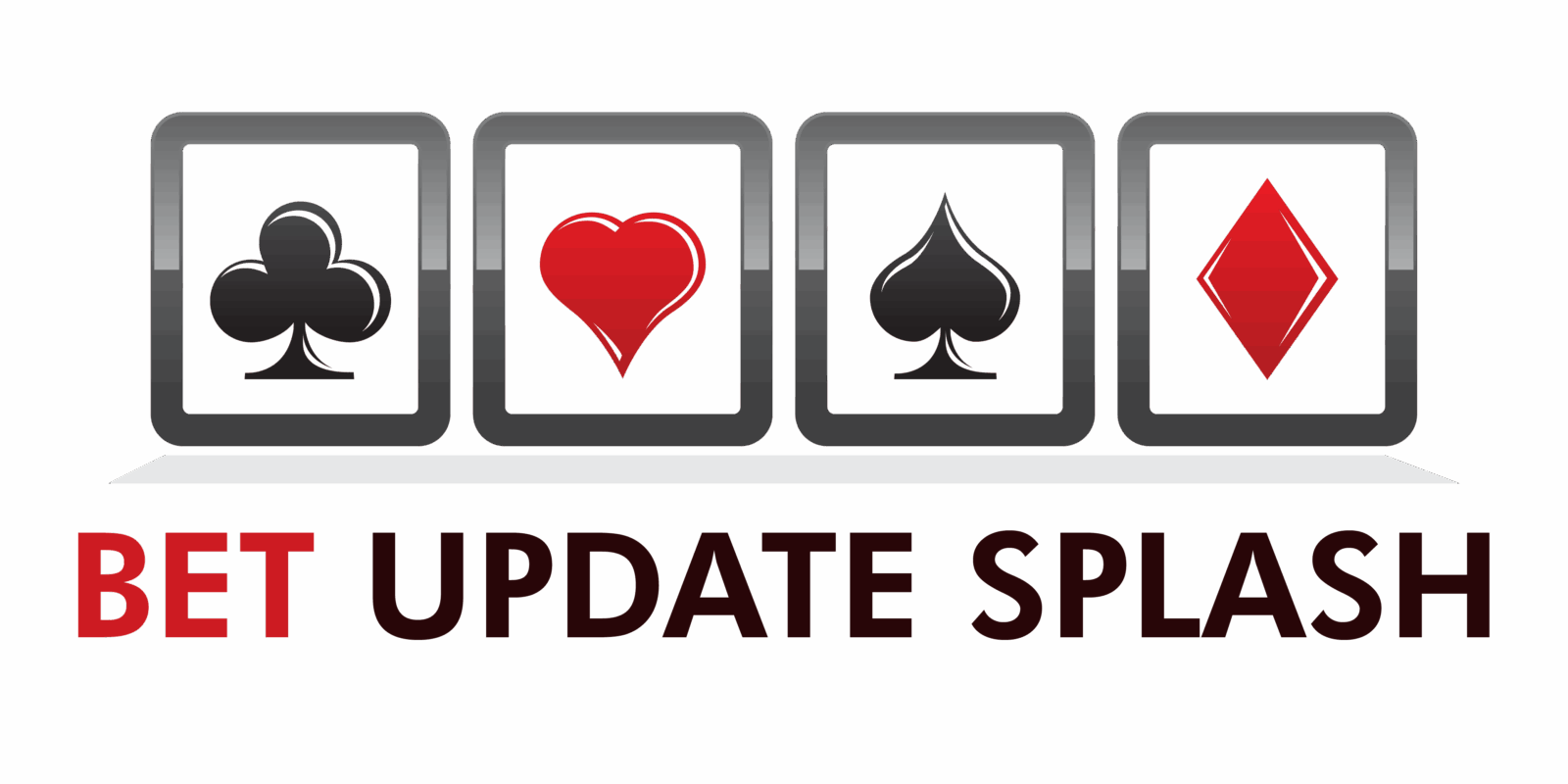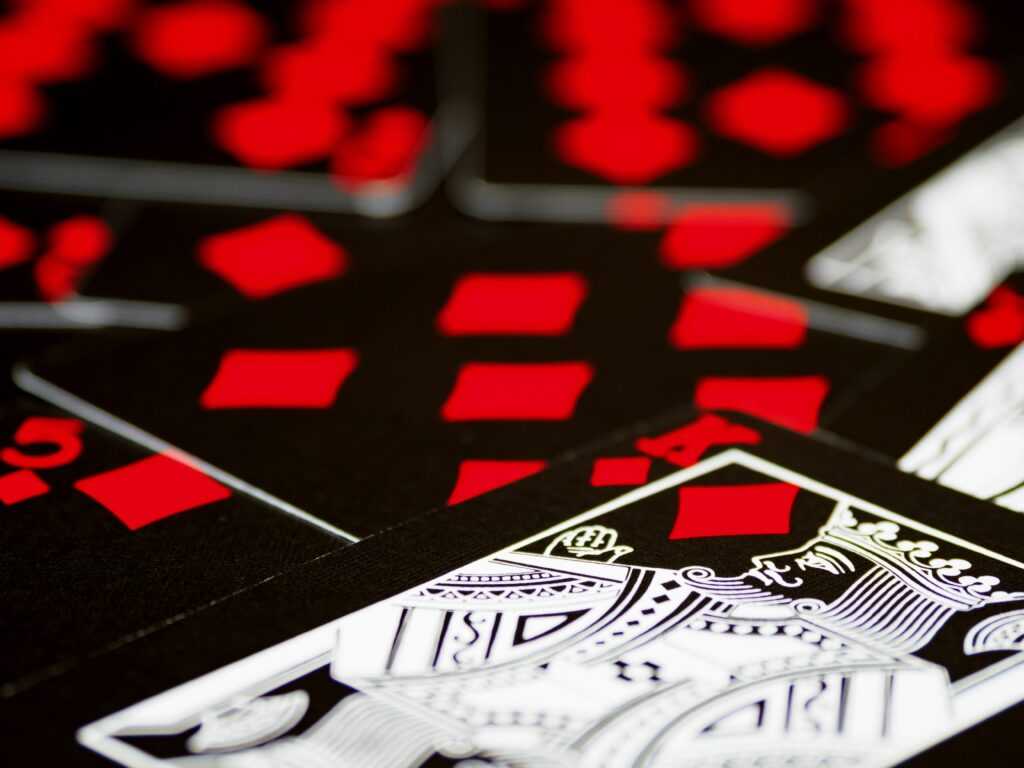Intro: Why Odds Analysis Matters
Odds analysis is the difference between betting blind and betting smart. At its core, it’s about reading what the numbers are really telling you—not just who’s favored, but by how much, and whether that reflects actual value. It’s the groundwork serious bettors rely on before placing a single wager.
Understanding odds helps you measure risk, spot opportunity, and avoid traps. It turns hype into data, emotion into strategy. More importantly, it gives you a framework. You’re not guessing—you’re interpreting probabilities, watching for shifts, and weighing risk vs. reward. That’s where the real edge comes from.
Most casual bettors skip this. They see +200 or 3/1 and think in dollars, not probabilities. They confuse high payouts with high chances. They chase popular picks, assume the favorite always wins, and often ignore how odds reflect not just outcomes, but also market dynamics. That’s a fast track to losing bets.
If you want to win more than you lose—consistently—odds analysis isn’t optional. It’s your first real step toward betting like a pro.
The Basics: What Betting Odds Really Mean
Odds might look confusing at first glance, but they’re just different ways of expressing the same thing: how likely something is to happen—and how much you’ll get paid if it does.
Let’s break them down:
- Decimal odds (common in Europe and online books): These are as straightforward as it gets. A bet at 2.50 means you get $2.50 back for every $1 wagered, including your original stake. So your profit is $1.50. Easy math: larger numbers = less likely to happen.
- Fractional odds (traditional in the UK): Odds like 5/1 mean you win $5 for every $1 staked. If it’s 1/5, you have to bet $5 just to win $1. These can be a bit annoying to calculate quickly, but the logic is the same—higher first number, higher risk.
- American odds (used in the U.S.): These use plus and minus signs. Negative numbers (e.g., -150) show how much you need to bet to win $100. Positive numbers (e.g., +200) show how much you’ll win from a $100 wager. So -150? You risk $150 to win $100. +200? You risk $100 to win $200.
Odds also reflect implied probability—essentially, how likely the sportsbook thinks the outcome is. Want to reverse-engineer that?
For decimal odds, use this: Implied probability = 1 / decimal odds
Example: 2.00 odds = 1 / 2.00 = 0.50 or 50% chance.
Want to go the other way around? If you think something has a 25% chance of happening, you expect odds around 4.00 (1 / 0.25). If the sportsbook offers better than that, you may have a value bet.
Know your formats, know the math—it’s the bare minimum for making smart picks.
Techniques for Reading and Using Odds Effectively
Spotting value bets means carving through the noise. The key is simple: find odds that undervalue a team or outcome based on your own research. Value doesn’t scream; it whispers. If the implied probability from the odds looks off compared to what you believe the true chances are, you might have found your edge. It’s not guessing, it’s betting with discipline when numbers tilt in your favor.
Line movement is its own type of signal. Odds don’t shift for fun—they move when the money moves. If you see a line jump significantly, especially early, that’s often sharp money coming in—experienced bettors who know something the public hasn’t picked up on yet. Late movement may show public money flowing closer to game time, typically heavier but not always smarter.
Sharp money and public money do different things. Sharps bet with strategy and timing, often influencing the early shifts. Public money is volume-heavy and reacts to narratives, hype, or emotion. If a line moves in one direction despite the public leaning the other way, pay attention—this is often referred to as reverse line movement, and it can expose hidden value.
Lastly, remember: bookmakers are setting numbers to balance risk, not to predict outcomes. Sometimes, odds are adjusted to attract money on the other side of a heavily bet line. When something doesn’t look right, it might be intentional. Learn to read between the lines—bluffs and bait are part of the game. Bookmakers play chess, not checkers.
This is where odds analysis starts looking less like gambling and more like market strategy. It’s not about knowing the future—it’s about understanding today.
Odds Context: No Number Stands Alone
Odds never tell the whole story on their own. Treat them like a snapshot—useful, but not complete. A number from one sportsbook might differ slightly (or a lot) from another’s. That variation opens up opportunities for smarter betting, especially if you’re tracking multiple books at once. Finding a better price on the same bet isn’t just good practice—it’s how serious bettors carve out profit.
But even matching odds across platforms isn’t enough. Context matters. A line that looks sharp at 9 a.m. might feel outdated by noon if a star player gets injured in warmups or if a weather front shifts dramatically. You’ve got to factor in real-world developments: player form, team fatigue, coaching changes, even turf conditions. These details may not show up in the odds right away—but they will influence them soon.
And that brings us to the last key point: odds move because of information. Tracking those shifts in real time helps you read the market like a living thing. Sudden drops? That probably means sharp money just came in. Odds creeping in one direction? There could be news you missed. Pay attention to the movement; it can tell you when to place your bet—or when to stay away entirely.
Tech & Tools That Help
Let’s be honest—nobody doing this seriously is eyeballing odds out of habit. If you want to stay ahead, you need the tools that keep pace with the game. First up: real-time odds trackers. Sites like OddsJam, Action Network, and Vegas Insider pull live lines across multiple sportsbooks, letting you pounce on the best value before it disappears. For more advanced traders, Don Best offers sharper data feeds that even pros lean on.
Next, arm yourself with calculators. Tools like OddsConverter, AceOdds, and the Kelley Criterion calculator help you crunch implied probabilities and find where the numbers break in your favor. These aren’t gimmicks—they’re how sharp bettors turn lean percentages into consistent returns.
And then there’s the spreadsheet. Not sexy, but deadly effective. Seasoned bettors track line movement, closing odds, ROI by sport or bet type, and even how certain books treat their lines. Some build out predictive models in Excel or Google Sheets; others just keep tight records to identify long-term value patterns. Either way, the spreadsheet is your audit trail—it cuts through emotion and shows you what’s actually working.
Pick your tools, stay consistent. The better your data, the sharper your reads.
Pro Tips: Habits of Winning Bettors
Winning bettors aren’t the loudest people on Twitter, and they’re not riding every underdog with a hot narrative. They’re quiet. Patient. Calculated. If there’s a secret to long-term success, it’s this: discipline over hype, always. Gut feelings might win you one game. But over a season? Discipline buries them.
The top-tier approach is betting less but betting smarter. Every wager should have positive expected value (+EV). That means you’re only putting your money down when the odds are in your favor—not based on team loyalty, gut reactions, or hype from Reddit threads. If you can’t find value, you don’t bet. It’s that simple.
And know this: knowing when you don’t have an edge is just as critical as knowing when you do. A real edge isn’t a hunch—it’s backed by data, probability, and context. If you’re guessing, you’re donating.
Finally, the emotional traps are everywhere. Chasing steam (late line moves fueled by heavy action), doubling down after losses, or betting because you’re bored—all rookie moves. The pros avoid chase mode at all costs. They take a step back. They wait for the right spots. That’s the game.
Smart betting isn’t flashy. It’s controlled, strategic, and a little cold. And it’s the only way to stay alive in the long run.
For a Deeper Dive
Applying Odds Analysis to Real-World Scenarios
Understanding the theory behind odds is one thing—putting it into practice is where real improvement happens. In our feature, How to Interpret Betting Odds for Better Predictions, we walk through step-by-step examples that bring key concepts to life.
Why Examples Matter
Seeing odds analysis in action helps you:
- Connect abstract concepts with real betting situations
- Understand how to spot value under changing game conditions
- Interpret line movement in context—not just react to it
What You’ll Learn in the Guide
The article covers:
- Comparing odds for the same event across different sportsbooks
- Reading subtle shifts in lines and what they often signal
- Walking through a fictional matchup to assess risk vs. reward
- When not to bet—recognizing when the odds don’t offer value
Next Step: Sharpen Your Interpretation
If you’re serious about betting smarter, these examples will help you train your instincts and refine your strategy. Think of it as on-the-job training—guided and practical, not just theoretical.
Read it here: How to Interpret Betting Odds for Better Predictions
Closing Thoughts
Odds analysis isn’t just a strategy. It’s a way of thinking—measured, curious, and brutally honest. You’re not here to win every bet. That’s a myth. The real goal is stacking smart decisions over time, where the math works in your favor more often than not.
Smart bettors treat odds like signals. They pay attention, ask questions, and understand what the numbers really say—not just what they wish they meant. That mindset takes discipline. It means passing on bets that feel fun but aren’t +EV. It means staying patient when the board looks dry. And it means knowing exactly when to walk away.
At the end of the day, betting isn’t a game of chance—it’s a game of edge. Your edge lives in the odds. If you stay sharp, stay skeptical, and keep learning, that edge grows.
Read the numbers. Trust the process. Play the long game.


 Shawn Sanderselers, co-founder of BetUpdateSplash brings sharp analytical skills and a deep passion for sports data to the platform. With a strong background in sports tech and betting insights, Shawn focuses on delivering real-time updates and innovative prediction tools that enhance the user experience. His expertise ensures readers get accurate, data-driven perspectives on every game.
Shawn Sanderselers, co-founder of BetUpdateSplash brings sharp analytical skills and a deep passion for sports data to the platform. With a strong background in sports tech and betting insights, Shawn focuses on delivering real-time updates and innovative prediction tools that enhance the user experience. His expertise ensures readers get accurate, data-driven perspectives on every game.

